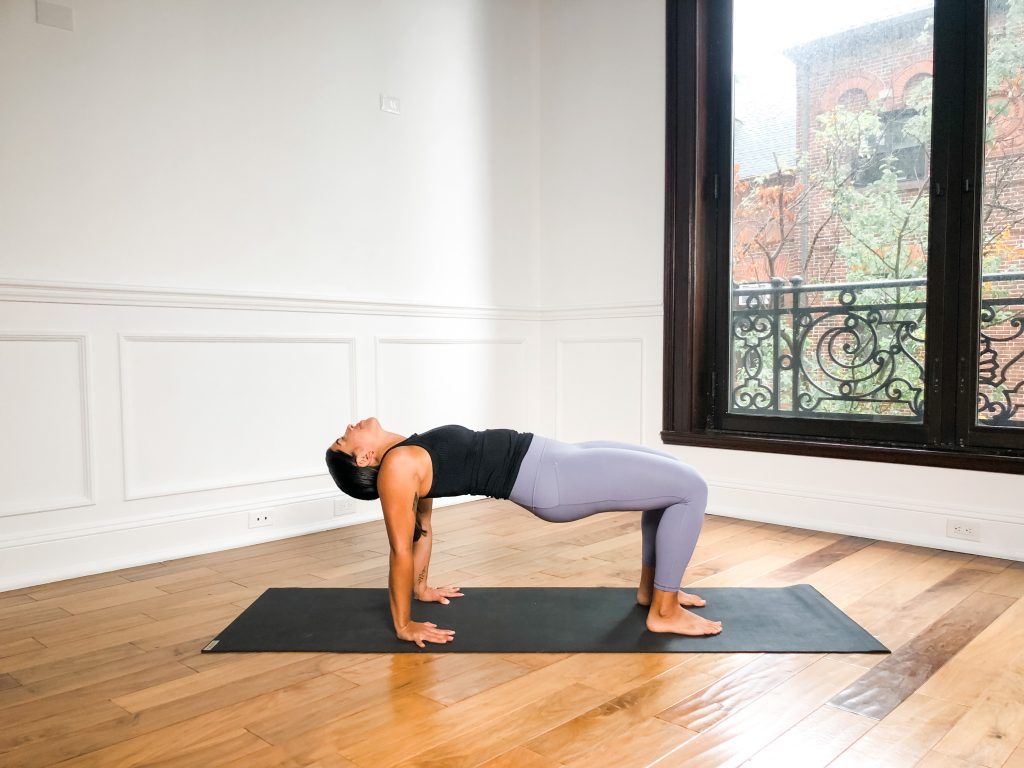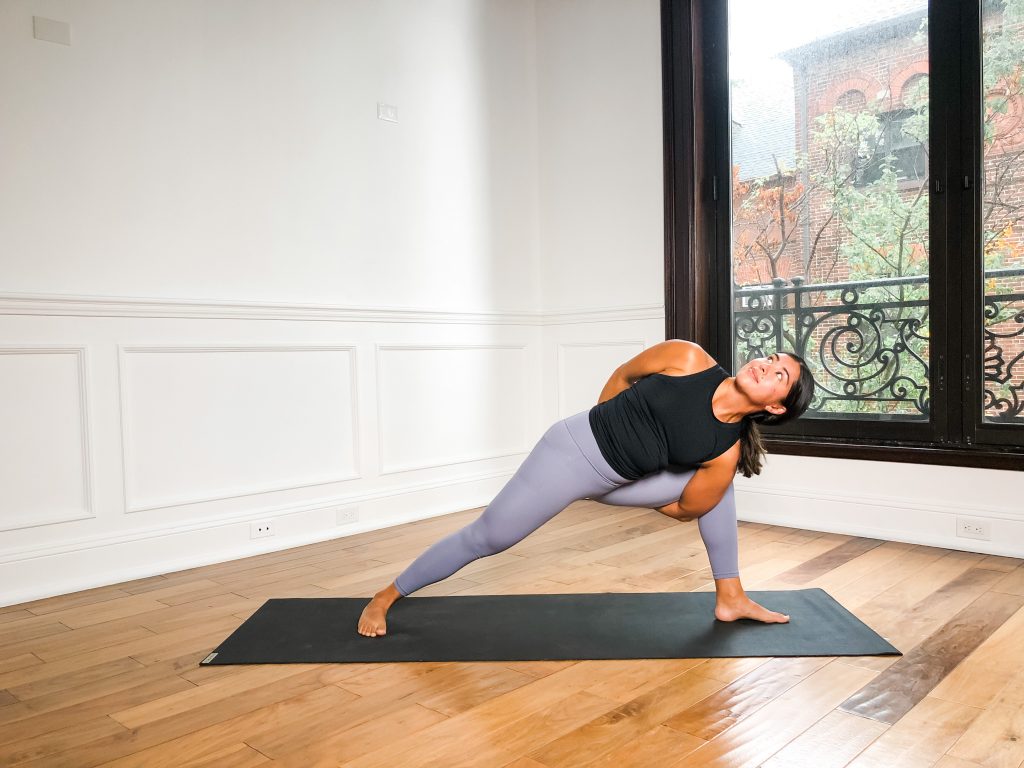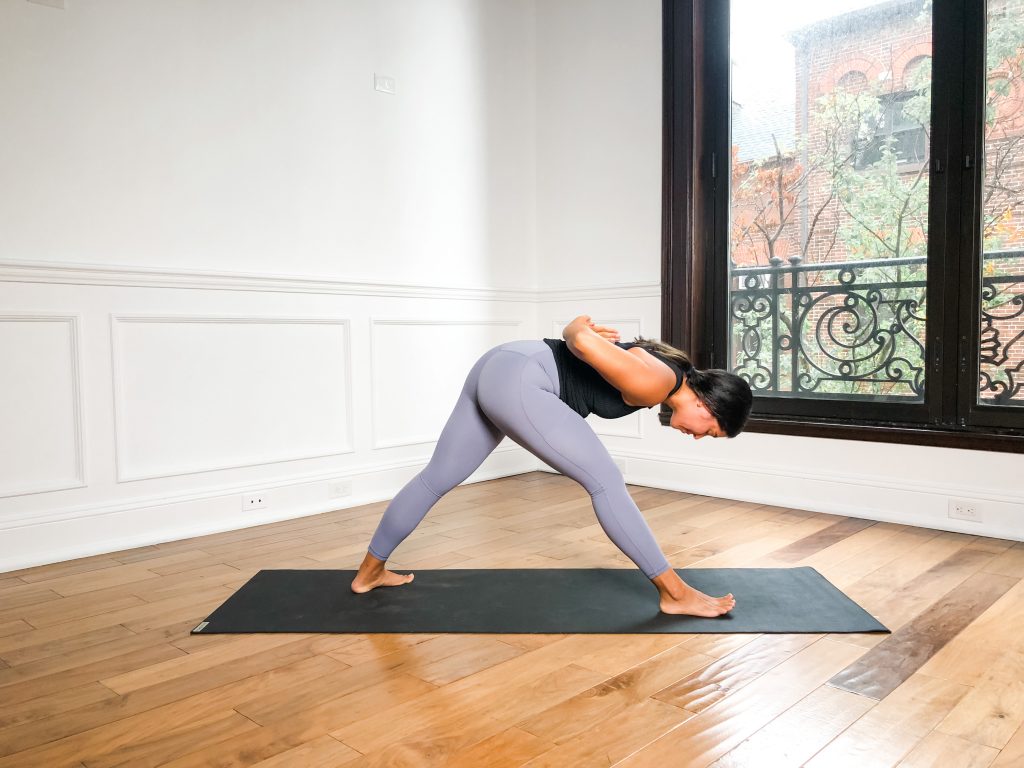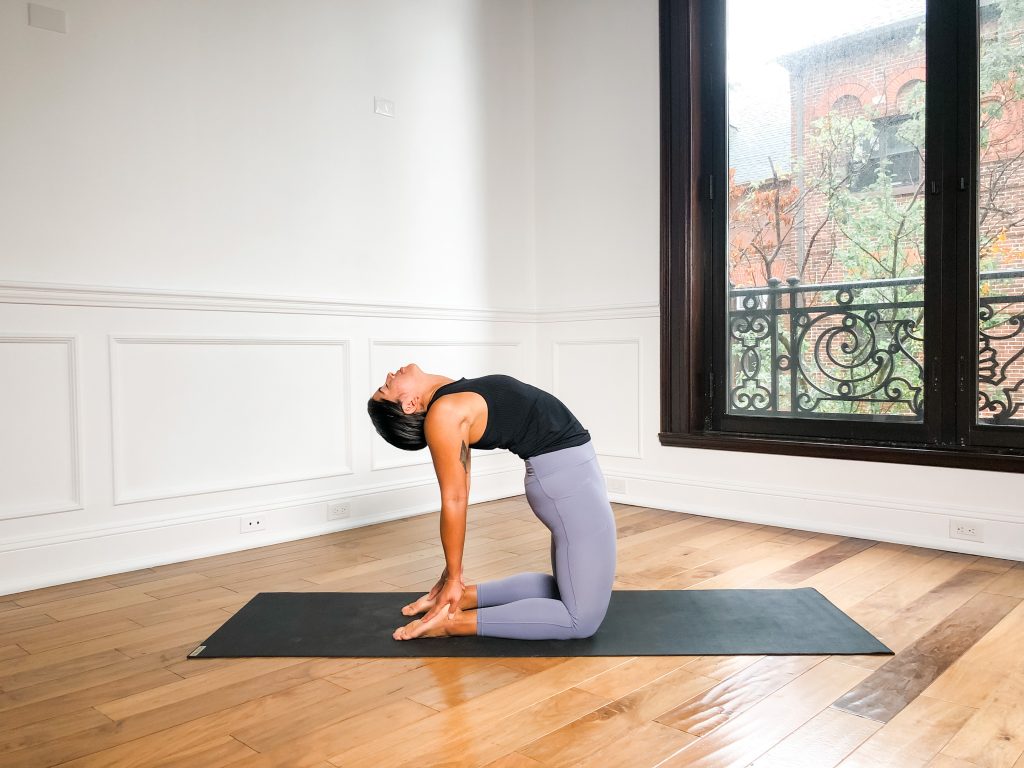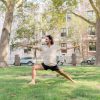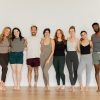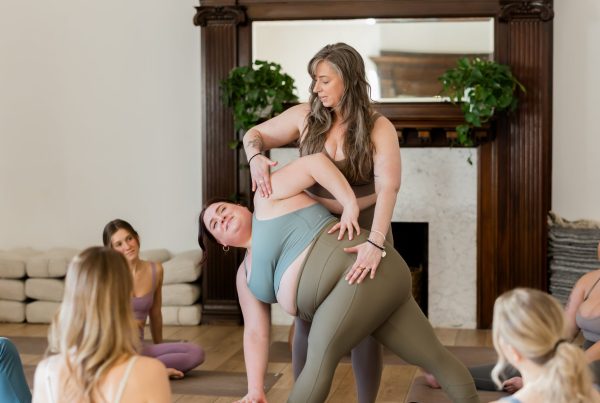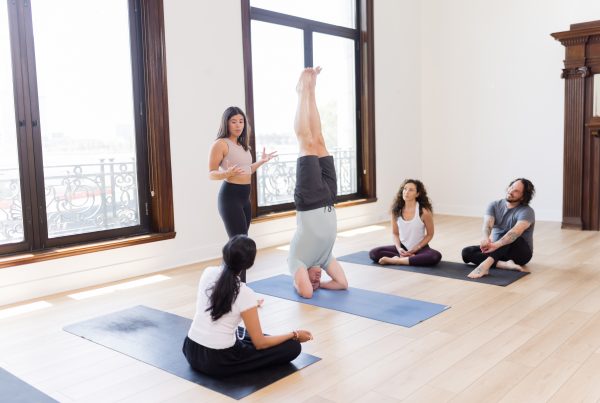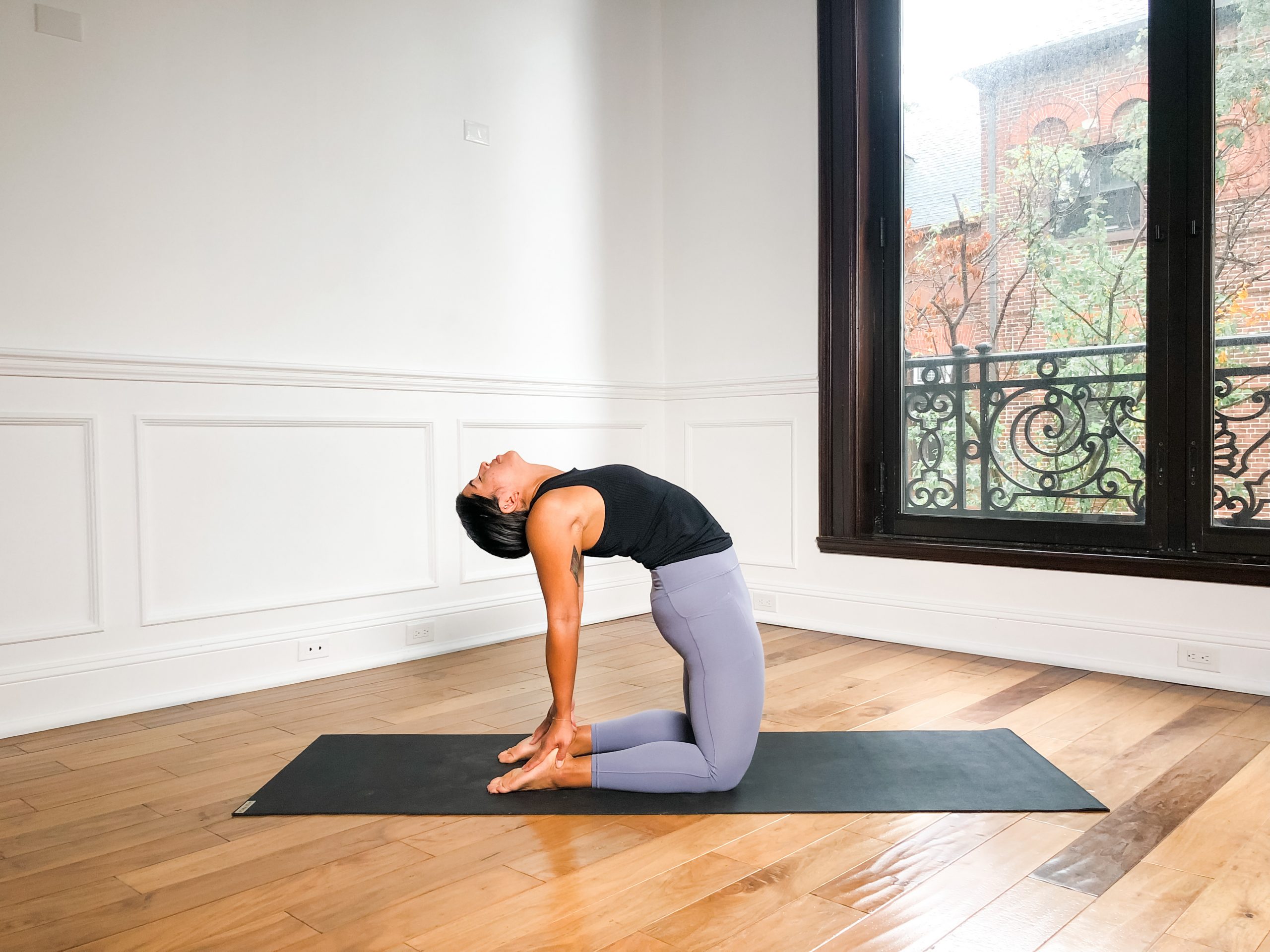
When the topic of forgiveness comes up, immediately the quote that comes to mind is:
Holding a grudge is like drinking poison and waiting for the other person to die.
Forgiveness is an interesting process and one that takes time, patience, and compassion. For the person on the receiving end of whatever warrants a forgiveness, it can be a complex process and one that shouldn’t be rushed. Although, it shouldn’t be held onto either. Holding back forgiveness can lead to built up anger and resentment affecting many other aspects of life.
Actually, when we decide to forgive someone for something they’ve done to us…I think we ultimately make that decision for ourselves. Making the decision to forgive can release us from holding onto grudges and if done so authentically, actually frees us up from worrying about someone else’s decisions and actions.
As we consider forgiveness, I think it’s important to not only think about forgiveness itself, but freedom.
As soon as we can genuinely forgive someone, we can make the step away from anger, resentment, and grief and towards healing and love (not only for the person we are forgiving, but for ourselves also).
This class is all about camel pose. Camel is a backbend facing the sky with the arms behind the back. I think of this pose as literally cracking the heart open and offering it up and out. If you’re dealing with the process of forgiveness, try and make a sequence with this as the peak pose to see if it can allow you to feel free and with forward movement.
Reverse Tabletop (Ardha Purvottanasana)
How to:
- Sit on the ground with your knees bent and the soles of the feet flat on the floor.
- Bring your palms to the ground behind your pelvis while firming your shoulder blades into the upper back to spread your collarbones.
- Press your feet and palms into the floor and firm your sacrum towards the sky so the pelvis can lift off the ground.
- Extend the crown of your head to the back of the room, and if it feels okay, release your head back.
This is a great warm-up pose, but It is suggested to do some other poses before going into this one. Some options are: Virasana with hands clasped behind the back, crescent lunge, sukhasana with hands on the floor behind you.
Extended Side Angle with a Full Bind (Utthita Parsvakonasana)
How to:
- From warrior II, hinge at the front hip to bring your torso close to your thigh.
- Bring the front hand down to the ground, and the other up to the sky.
- Swim the top arm around your lower back while pulling the shoulder blade into the spine.
- Thread your bottom arm under the front thigh and join the hands together behind the pelvis.
- Lean back into the bent leg, press your joined hands to the back of the room, and bring your shoulder blades together to spread the collarbones.
Pyramid with Reverse Prayer (Parsvottanasana)
How to:
- From warrior I, straighten both legs and compact your outer hips in.
- Swim your arms around your back and bring your palms together with your fingers facing the ceiling.
- Bring your shoulder blades together and try to slide your hands towards your upper back.
- Hinge forward at your hips and work your nose towards your knee.
- As you start to fold forward, continue to draw the shoulder blades together to keep the collarbones spread.
And lastly, our peak pose: Camel (Ustrasana)
How to:
- Place your shins onto the ground with your knees lined up under your frontal hip points. Ensure your outer ankle bones are firming in, whether the toes are tucked or pointed. Traditionally, the toes are pointed.
- Bring your hands to your lower back, firm your shoulder blades into the upper back so your collarbones can spread.
- Press your sacrum forward as you start to arch your spine into a backbend.
- Bring the palms of your hands to the soles of your feet and use this connection as an anchor to further your backbend.


